Clinical Judgment: Critical Components & Assessment
The following is a transcript of the above video conversation between Philip Dickison, PhD, RN, Chief Officer, Examinations, the National Council of State Boards of Nursing (NCSBN), and Sheryl Sommer, PhD, RN, CNE, Chief Nursing Officer, ATI.*
Q: Let's get a little bit more depth in the topic of clinical judgment. What are the critical components to that.
A: So, you know, we've published a paper, and the model (the Clinical Judgment Measurement Model) — if you look at it — is very complex. I admit that, all right, because the model has layers to it. And, ultimately, when you think about the ultimate layer is this grand construct called clinical judgment. Can you measure it? And, really, that sits between client needs and an action to meet that client need. That's clinical judgment.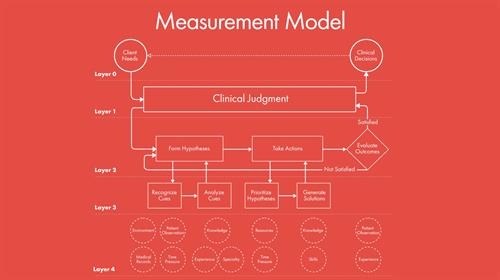
If you think underneath that, what does it take to do clinical judgment? I think the critical place that we give the most amount of information in our model is Layer 3.
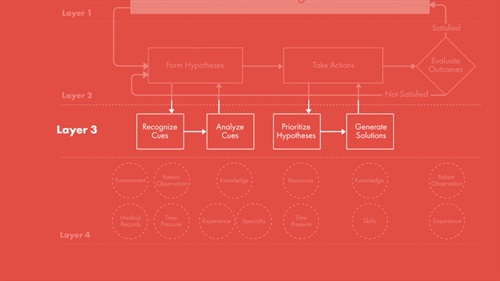
It's an iterative process.
So, for instance, if you want to generate a hypothesis, then you need to have cue recognition.
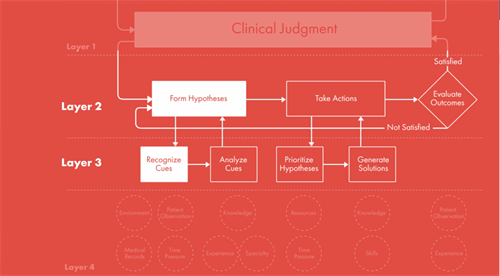
Now, sometimes I think we use cue recognition because it's sort of a measurement word. Every nurse does this. They get an assessment, fine. It's a cue. They read or learn of the current assessment findings or the past medical history cues. They walk into the room, they see family members around a client bed, they look at expressions on their faces. Cues. All of these are cues. Some of them are important, or what I call relevant.
So, from cue recognition, you do sort of a cue priority.
Now, that happens in a variety of different ways. As an expert nurse, almost instantly, like, the micro brain — in the microcomputer in the brain — rules out 10 of them right away. But the novice nurse may have to take a step through every one of them.
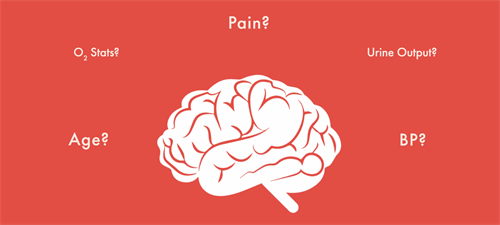
But the reality is we separate those out, because the relevant cues then need to be used to form, what? A hypothesis. The hypothesis, quite frankly, is, "What are those client needs?"
And, ultimately, what are all the possible client needs.So, then you prioritize your hypothesis, and you then have to make a decision on what action you're gonna take. And, from that, take an action. What are you going to do?
 It's sort of interesting, this is the loop — once you take that action, what do you do? You start looking for cues that that action is doing something, right? And then you prioritize those cues. What is that? It's called evaluation. Once you do that evaluation, you now know what client needs are still outstanding.
It's sort of interesting, this is the loop — once you take that action, what do you do? You start looking for cues that that action is doing something, right? And then you prioritize those cues. What is that? It's called evaluation. Once you do that evaluation, you now know what client needs are still outstanding.So, if you can actually define cue recognition in some way, you could actually write items that would provide information about anybody taking the test of how competent they are at cue recognition.
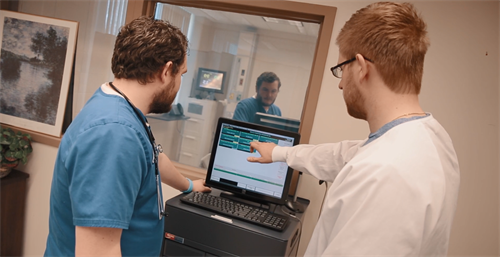 And here's the problem I think that happens that we're trying to help — both with education and public safety at the end of this — is that, if I'm an educator and I have just taught a class and, for some reason, my student comes back to me and said, "Sheryl, I did poorly in clinical judgment."
And here's the problem I think that happens that we're trying to help — both with education and public safety at the end of this — is that, if I'm an educator and I have just taught a class and, for some reason, my student comes back to me and said, "Sheryl, I did poorly in clinical judgment."
Right now, I'm going to tell you, "Well, you need to go take a course in clinical judgment," because you don't have any more information than they have, right? That's where we've all sort of missed the boat here.
If we could actually define what those elements are, I could give you results on a candidate, and you can [tell the student], "Well, here's your problem: You're really good at cue recognition; you can recognize all of them, but you can't separate relevant from irrelevant. So what you need to do is go work on that element." Because, once you get past that, you're making good hypotheses.
So the idea in Layer 3 is, if you can measure each of those boxes, not only do I tell the nursing student and/or that practicing nurse, "Here's where you might want to go take — you know — improve your education." But I also can provide the education system a remedial piece — so a strategy, right? Because you have more information about each of those boxes, you could then help students more.
I think that we're going to need educators helping us with this. We're going to need regulators helping with this. Because, at the end of the day, we all want the same thing. We want the most competent nurses providing public protection.
